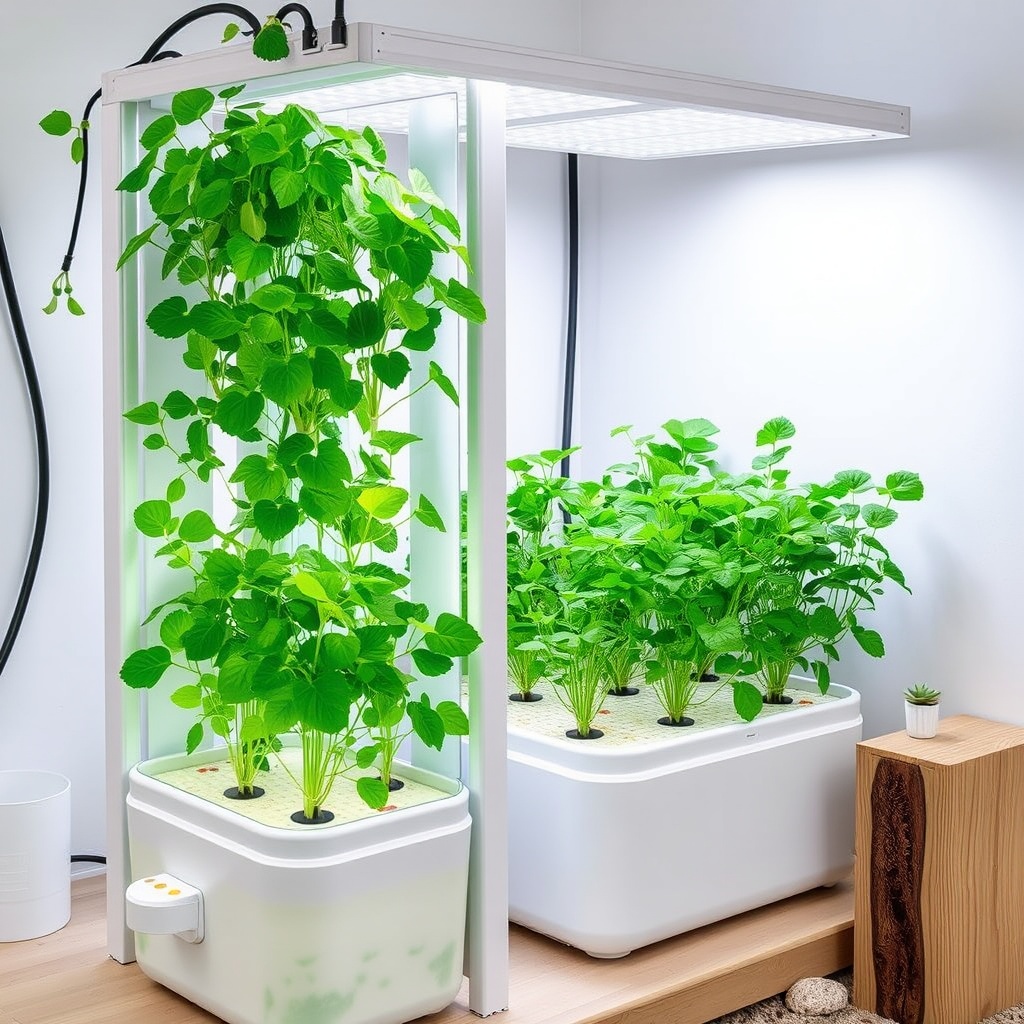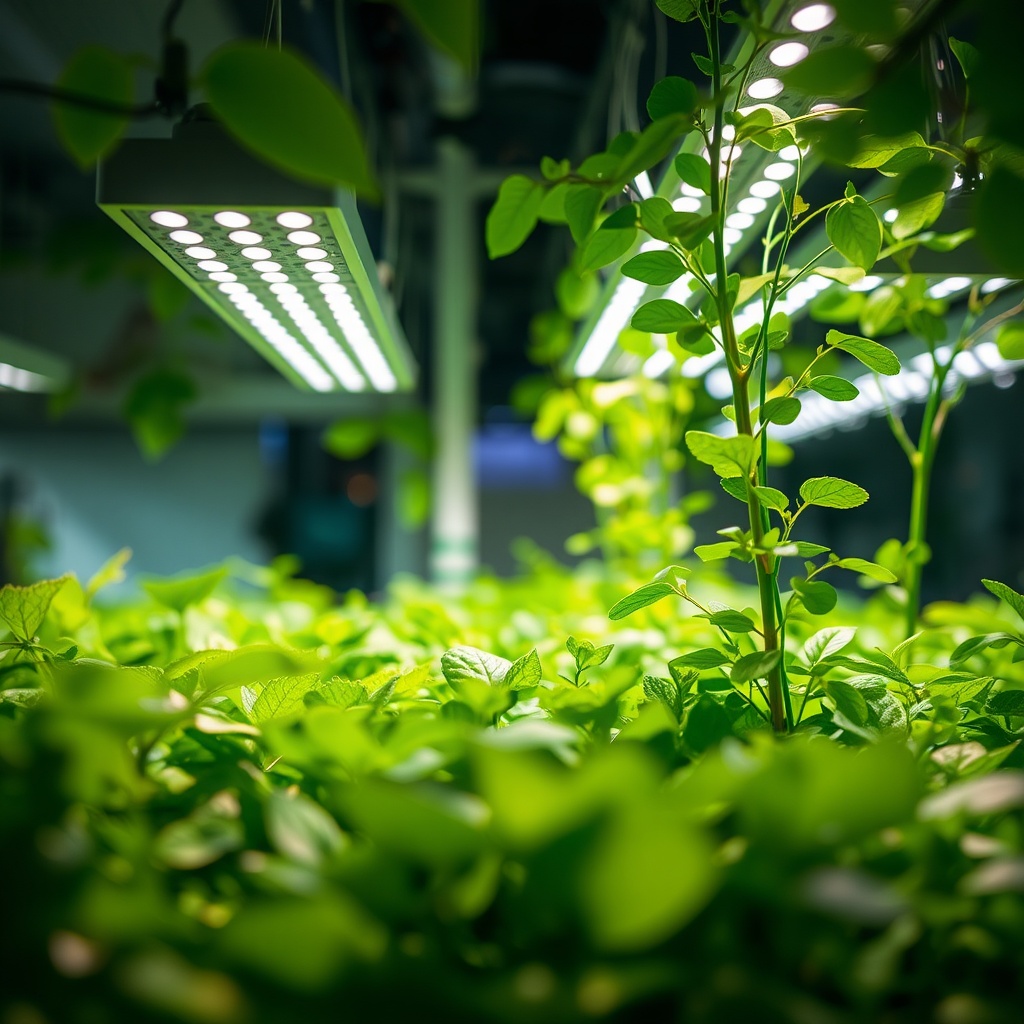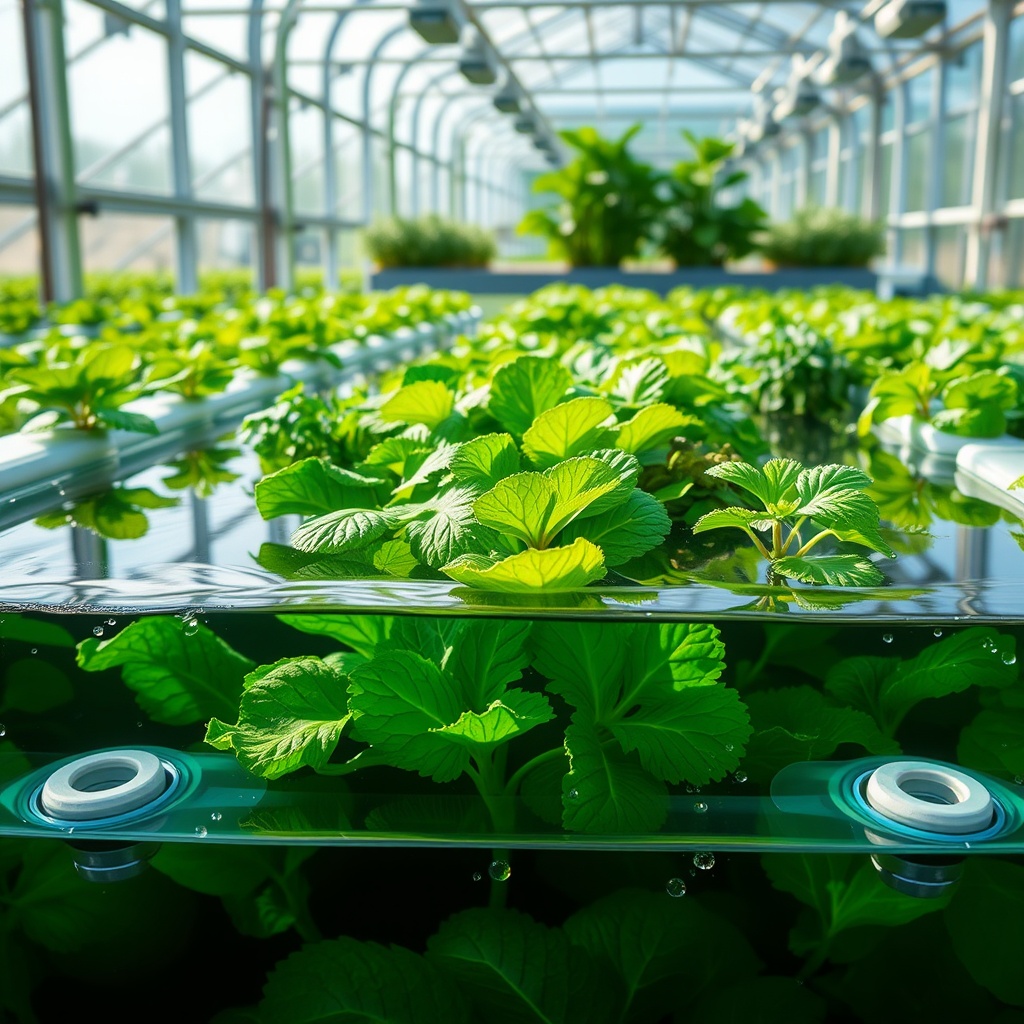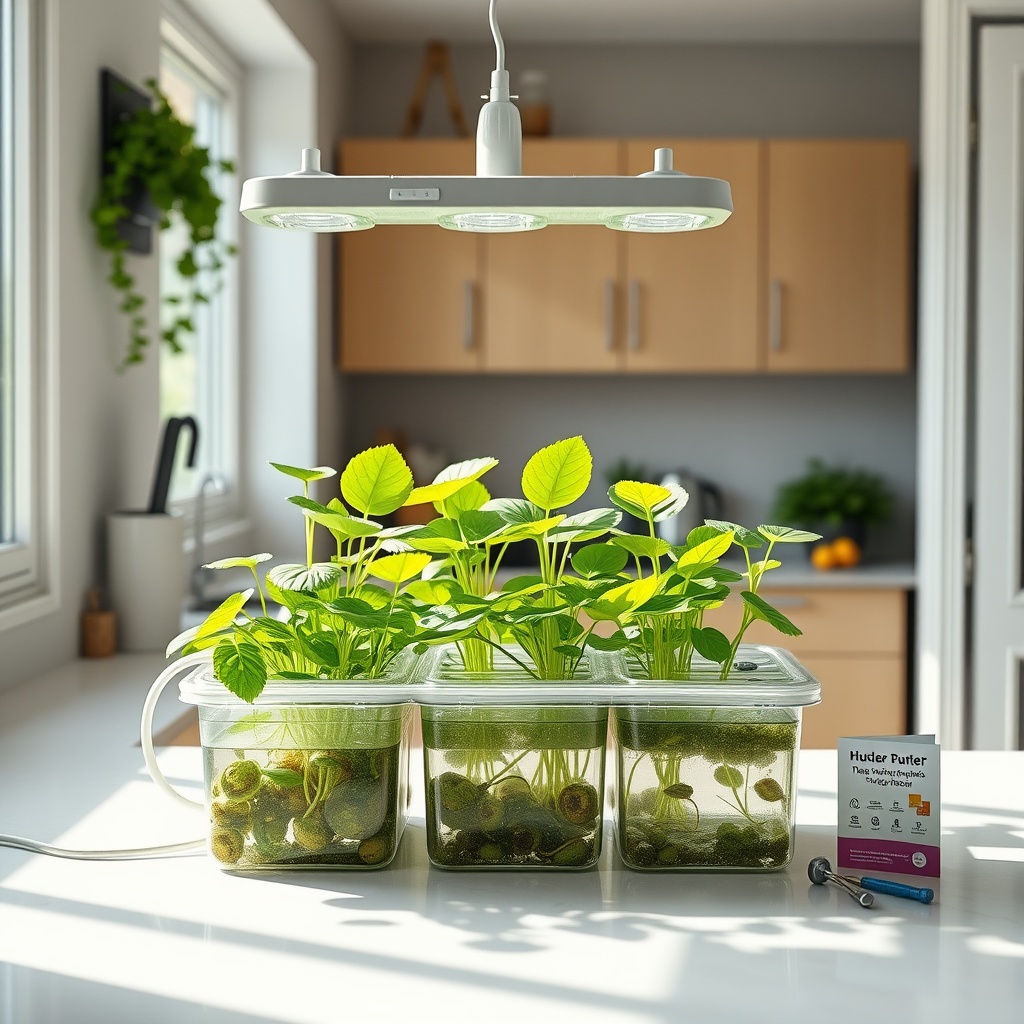Why Hydroponics? The Future of Sustainable Gardening
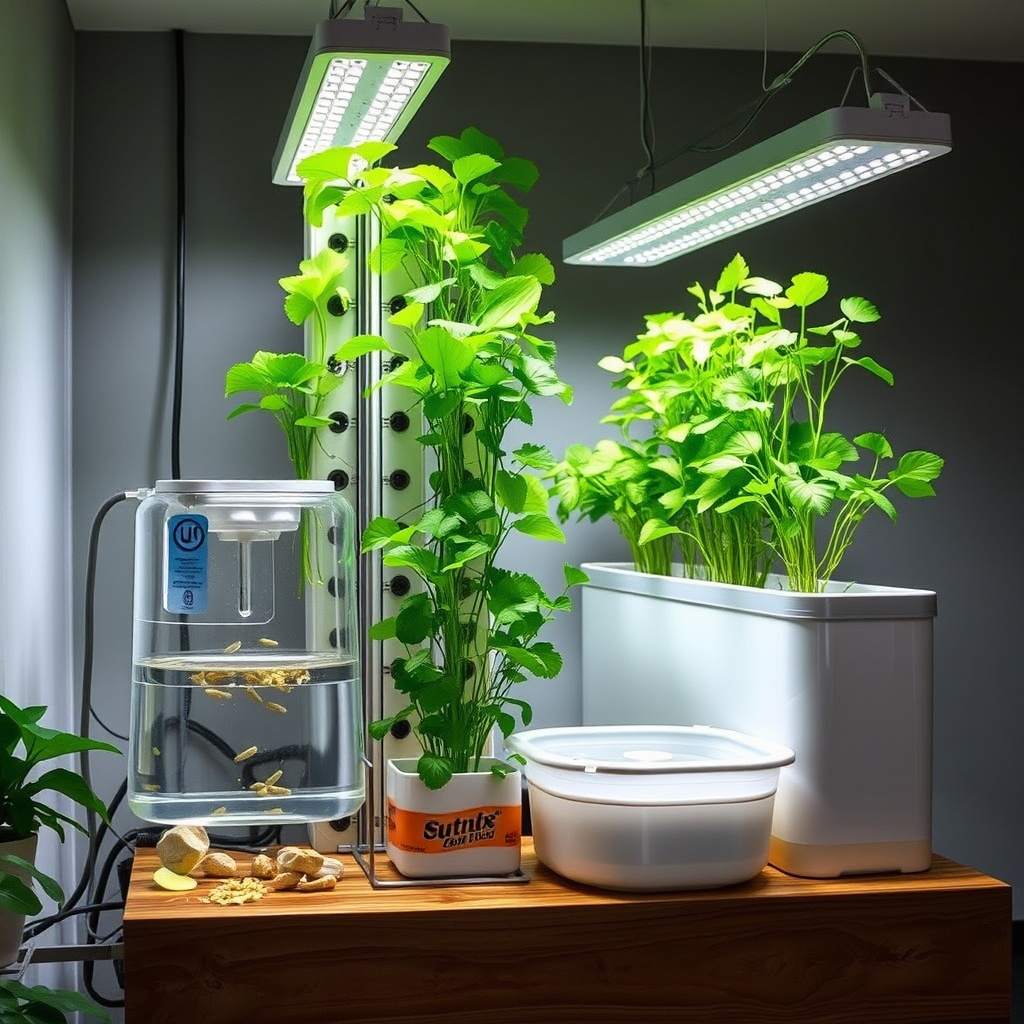
As the world seeks innovative solutions to food production, hydroponics emerges as a game-changer. This soilless gardening technique not only conserves water but also maximizes space and nutrients, making it an ideal choice for urban dwellers and aspiring gardeners alike. Let’s delve into the essential components that make a basic hydroponic system a must-have for anyone looking to cultivate fresh produce year-round.
The Heart of Hydroponics: Nutrient Solutions
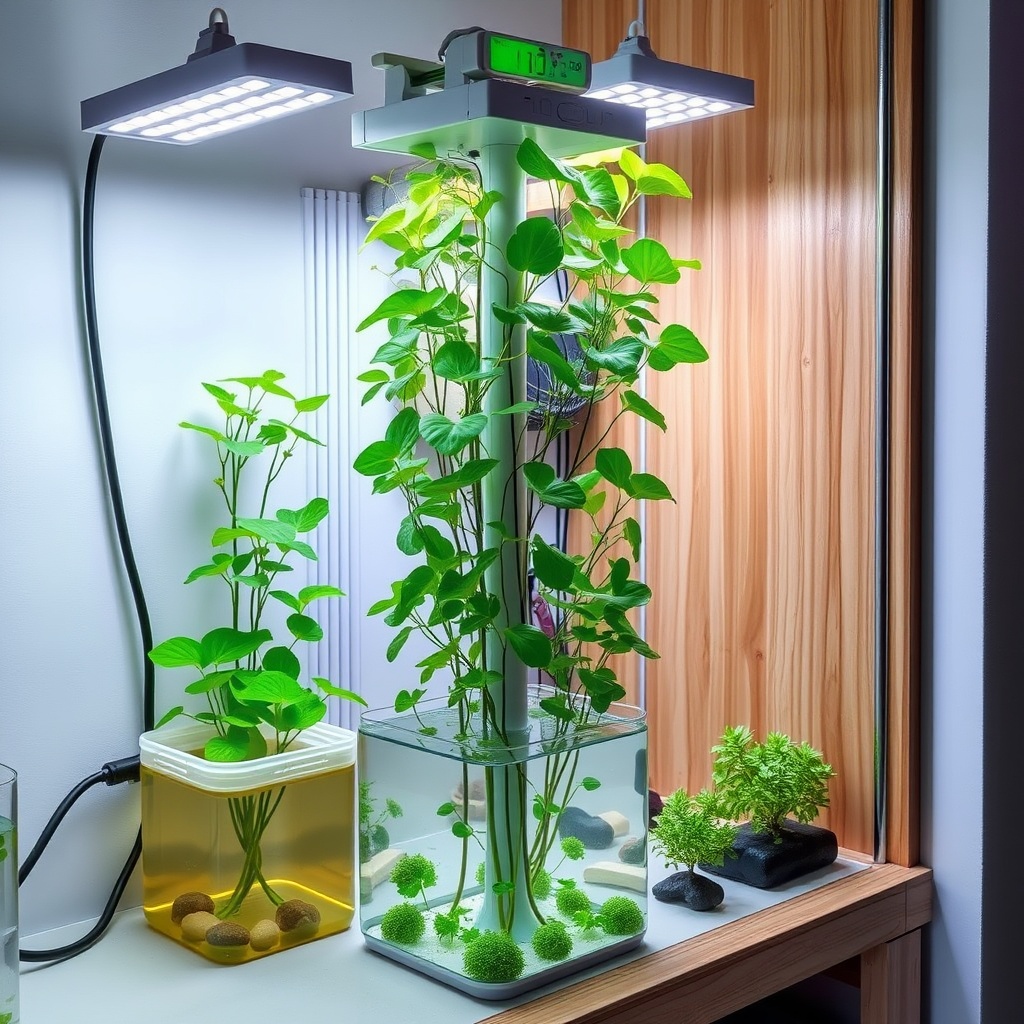
At the core of every hydroponic system lies the nutrient solution—a carefully balanced mix of water and essential minerals that provide plants with everything they need to thrive. Unlike traditional soil gardening, where nutrients can be unpredictable, hydroponics allows for precise control over what your plants consume. This precision not only boosts growth rates but also enhances the flavor and nutritional value of your crops.
Key Nutrients Include:
- Nitrogen
- Phosphorus
- Potassium
- Calcium
- Magnesium
Structure Matters: The Framework of Your System
The physical components of your hydroponic system play a crucial role in supporting plant growth and ensuring optimal conditions. From the growing medium to the containers, each element contributes to the overall efficiency of the system. Understanding these components helps you tailor your setup to your specific needs, whether you’re growing leafy greens or hearty tomatoes.
Essential Structural Components:
- Growing Containers: The vessels that hold your plants and nutrient solution.
- Growing Medium: Materials like rock wool or clay pellets that support plant roots.
- Pumps and Tubing: Essential for circulating the nutrient solution throughout the system.
- Lighting: Artificial lights may be necessary if natural sunlight is insufficient.

